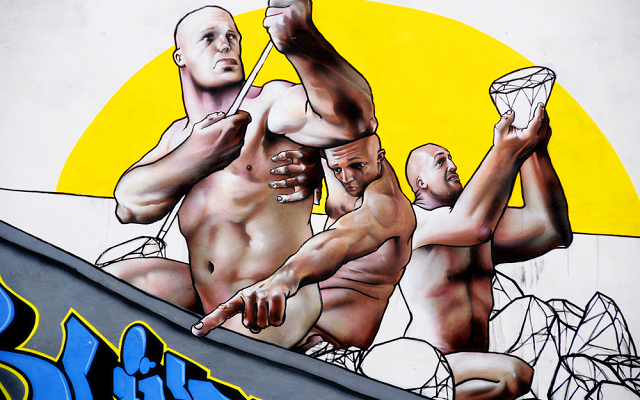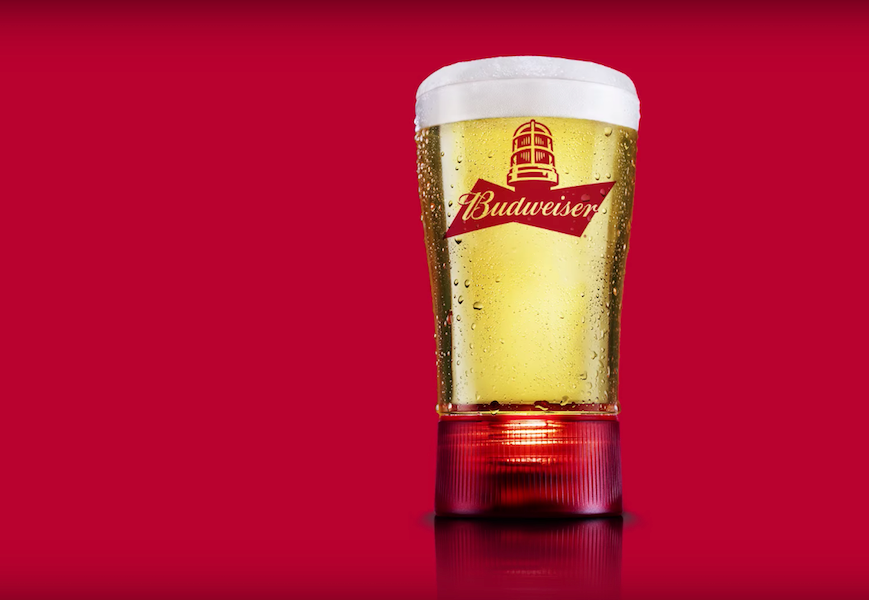The word diamond comes from the Greek αδάμας, or adámas, which means “unbreakable.” Its the same root as the word adamant. Unbreakability seems to match the sentiment of a marriage proposal quite well, but the true history of the diamond ring is much less straightforward than this easy equation.
Currently, the furthest historical point that engagement rings can be traced back to is ancient Rome.
Around 200 BCE Roman brides-to-be were given two rings, one of iron and the other of gold. She would wear the golden ring in public and the iron at home while performing domestic duties. Each connoted different contexts of the husband’s ownership of his wife.
It’s also attested that prehistoric man braided grass bracelets and anklets for their mates. This is also thought to mean male ownership. Some work has to be done here on the braid’s value as an image of two entwined natures or lifelines, though, and that this other possible meaning is still a large part of how we symbolically register marriage: an intertwining. Are these grass bracelets ropes, or are they braids?
Some help: The word wife comes from the Old English wif and weban, meaning “weaver.” Husband, for the record, means shepherd. Each word comes, most directly, from the traditional domestic duty of the partner.
So the ring itself, figure of unity and continuity, has been around for a while. It is only relatively recently the diamond has come into the equation, though.
In 1477, Archduke Maximilian of Austria gave a diamond encrusted ring to his betrothed, Mary of Burgundy. This is the first well documented use of an actual diamond ring to signify engagement, and it did a lot to popularize the trend with the upper classes.
Fast forward four hundred years, and its 1867. The rich diamond deposits of South Africa have just been discovered by British colonialists, and the accessibility of diamonds is beginning to swell through the British empire. By 1888, the diamond cartel De Beers has been founded, and it takes control of this resource.
Now it’s 1938. Many gemstones are still popular on engagement rings, and accepted as suitable tokens of betrothal. In fact, due to the Great Depression, many couples are eschewing engagement rings altogether.
This is when De Beers makes its move, launching their 1939 “Diamonds are Forever” campaign. Over 50 years the campaign single-handedly convinces the Western world that the only way to propose is with a ring, and the only stone in that ring is a diamond. De Beers is the diamond ring, still maintaining its monopoly.
The diamond’s a study of culture and the creation of demand, and the history of the unbreakable stone continues to change throughout whatever “forever” it ‘is’. With recent conflict acts, our relationship with diamonds and the singularity of their control has shifted. Will this change our consumption, or our understanding, of the carbon gem?
Check out “A Diamond Glossary” for more info on diamonds before you buy your ring and rock.












